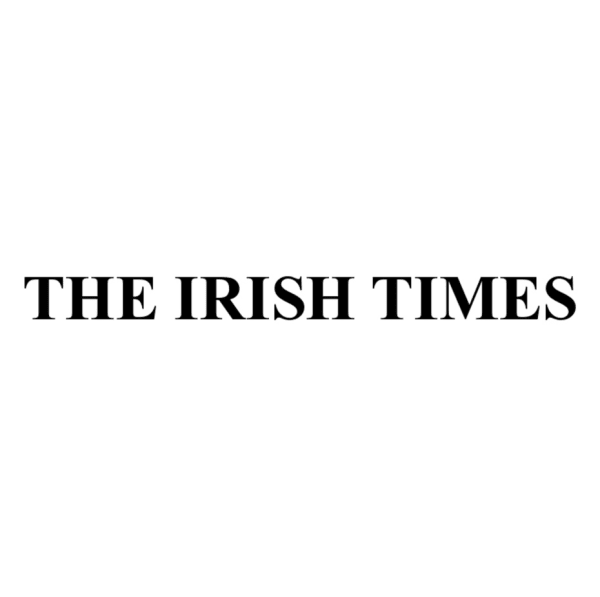EVA International Biennal 2009 : Reading the city
The Eames Studio Limerick uses, as a starting point, the fact that Charles Eames’ grandfather, Henry Eames, left Co Limerick for America in the mid-1700s. The installation involves constructing a scale model of a hybrid of the Eames studio and house using a wooden structure covered in paper.
The Eames Studio Limerick uses, as a starting point, the fact that Charles Eames’ grandfather, Henry Eames, left Co Limerick for America in the mid-1700s. The installation involves constructing a scale model of a hybrid of the Eames studio and house using a wooden structure covered in paper. The structure is split into two spaces – an archive/viewing space and a workshop/studio. In keeping with Charles and Ray Eames’ ideologies and approach, the model of the Eames house/studio is a resource archive about the development of architecture and design from the 20th century to the present day.
The space is a reflective space for research discussion and contemplation. There is a comprehensive display on the work of the Eames, including a screening of their films. Other architecture and design is displayed, outlining both the legacy of their practice and how architecture has developed since.
The workshop/studio performs a different function: it is used as a working studio where workshops are conducted for all ages. Charles Eames and Frank Lloyd Wright (who was a great inspiration for Eames) were both educated using the Froebel method of teaching, which involved blocks in primary and essential shapes as early teaching tools. The space is an extremely accessible workspace for children, where toys, shapes and drawing tools are available for them to play with.
(Text: reading the city catalogue, 2009)
Curated by Angelika Nollert and Yilmaz Dziewior, OPEN e v+ a 2009 – reading the city, “assembled an exhibition about ‘the multiple perceptions of urban space’, with Limerick as its stage set” [taken from Chairman Hugh Murray’s Foreword in the 2009 catalogue].
560 artists applied to OPEN e v+ a 2009, with 36 artists selected from fifteen countries. The curators considered the exhibition to be a portrait of the city’s histories and social functions, with the “venues … as signifiers of different aspects of Limerick’s past and present ” [taken from Angelika Nollert and Yilmaz Dziewior’s introduction to the 2009 catalogue].
Events included bus and walking tours of the exhibition, and the e v+ a Colloquies weekend at Limerick City Gallery of Art that consisted of a programme of informal sessions of open dialogue among e v+ a curators, invited guests, artists and audiences.


